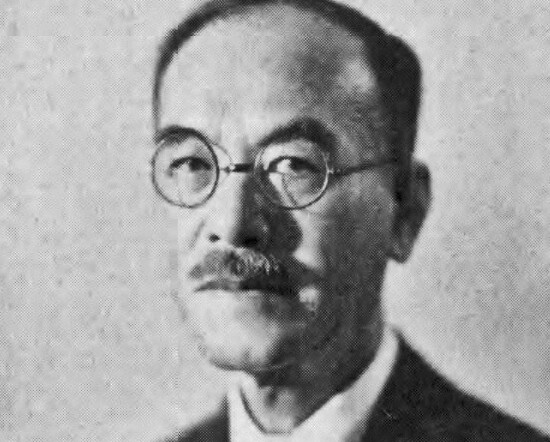
Tōkichi Setoguchi – Battōtai March
— A Cornerstone of Early Modern Japanese Military Music
The Battōtai March ("Battōtai no Uta") is one of the earliest and most iconic military marches in Japanese music history.
With lyrics by Kanagaki Robun and music composed by Tōkichi Setoguchi—also known for the famous Gunkan March—this piece played a foundational role in shaping the genre of Japanese military and patriotic music during the Meiji period.
Historical Background
The term Battōtai refers to a unit of the Imperial Japanese Army that fought in close combat with swords during the Satsuma Rebellion in 1877.
Known for their fearless charges in hand-to-hand combat, these soldiers became legendary, and their valor inspired the creation of the song.
Setoguchi, influenced by French-style military music, crafted a march that integrated Japanese-language lyrics with Western musical structure.
The result was a rousing, singable tune that became immensely popular throughout Japan.
Musical Characteristics
The march is written in 2/4 time and moves at a brisk tempo.
Its melody is both bold and straightforward, evoking the image of soldiers marching with determination and national pride.
The opening line, “Even if thousands of enemies appear, we march forward with swords in hand,” encapsulates the spirit of bravery and duty.
The structure is tight and rhythmic, making it easy to memorize and sing—a quality that made it effective for both military training and public mobilization.
Use Before and During Wartime
From the First Sino-Japanese War and Russo-Japanese War to the early Shōwa era, the Battōtai March was widely used in military send-off ceremonies, imperial events, and school programs.
It became a fixture in official and semi-official state occasions, often played alongside or instead of the Gunkan March.
The march was also featured in newsreels and state broadcasts during wartime, including the 1943 Gakuto Shutsujin (student soldier deployment) ceremonies, where it became a sonic emblem of patriotic youth.
Postwar Reception and Modern Legacy
After World War II, the performance of military songs became sensitive due to political and cultural shifts.
However, the Battōtai March has remained an important reference point in studies of Japanese music history and is occasionally performed by the Japan Self-Defense Forces and historical re-enactment ensembles.
Its structure, memorability, and historical resonance also make it a subject of interest among younger listeners and historians exploring the roots of national and martial music traditions in Japan.
Conclusion
Tōkichi Setoguchi’s Battōtai March is more than a rousing military tune—it is a musical document of Japan’s transition into modernity and its grappling with Western forms of expression.
The melody, still echoing with the spirit of sacrifice and unity, continues to stand as a proud legacy of Meiji-era musical innovation.
Whether seen as a cultural artifact or a compelling musical statement, the Battōtai March remains a cornerstone of early Japanese band music.
More than 100 million songs in CD quality. 7 million in better-than-CD sound.
🎧 Start your free trial with Amazon Music Unlimited now!

